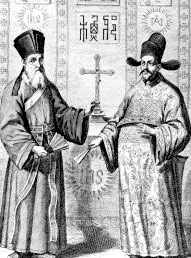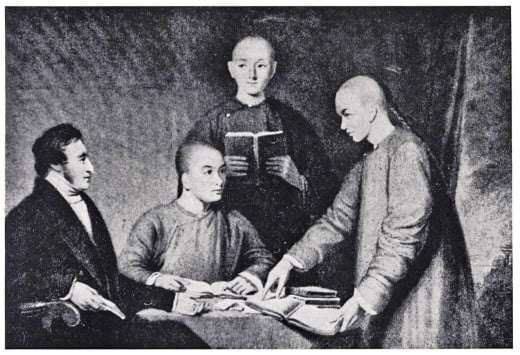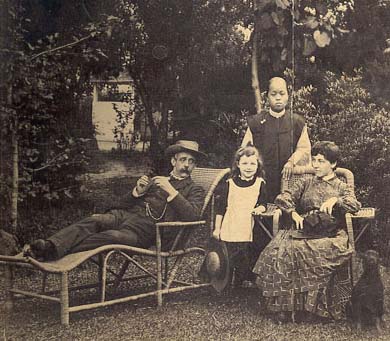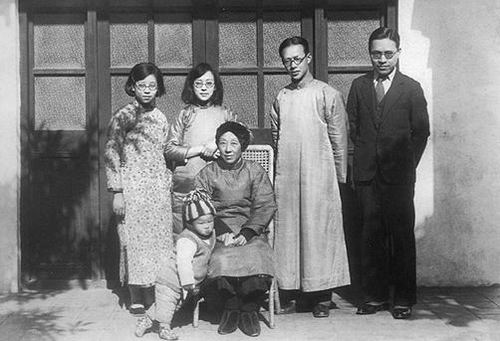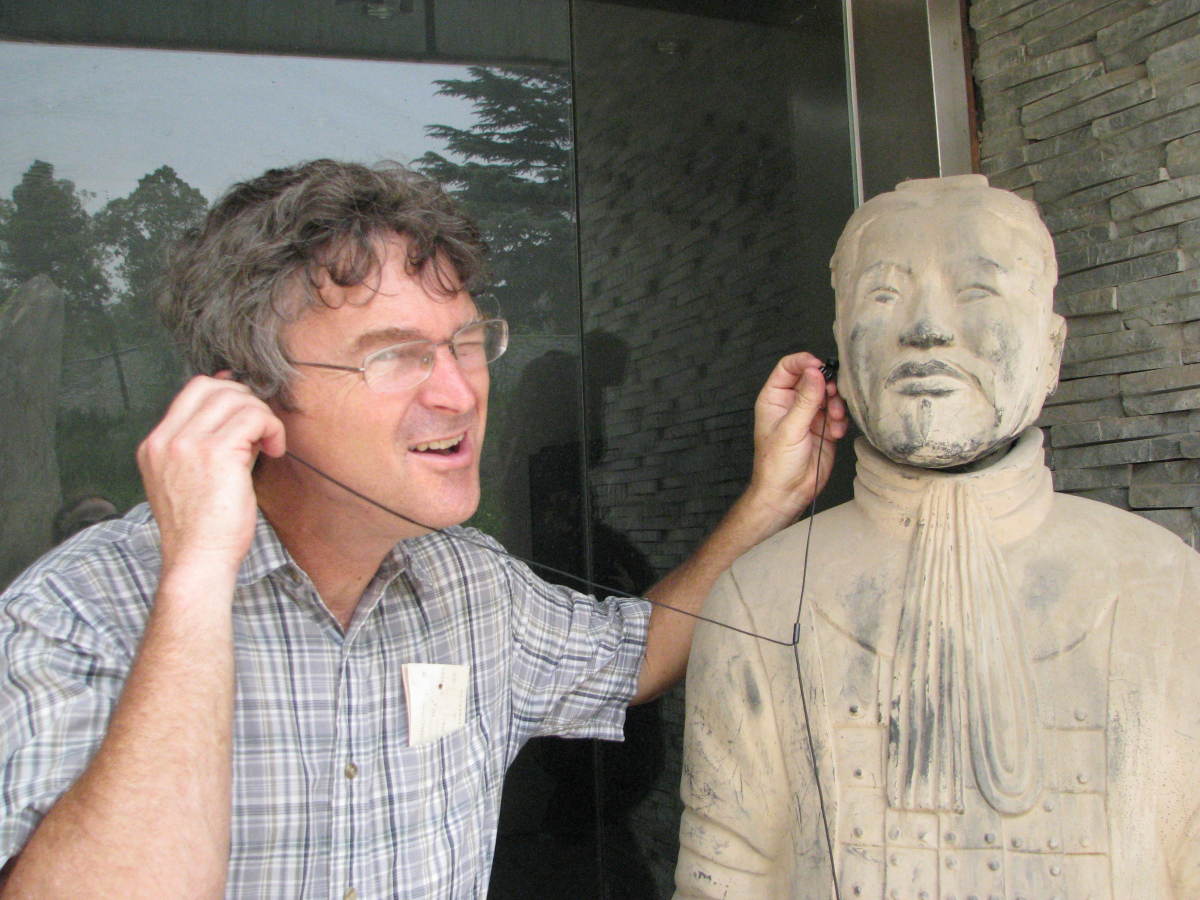Confused about Confucius?
Two most important Chinese Saints (or thinkers or philosophers as you may prefer) Confucius and Mencius, the former also known as Khung-dze, K'ung-tzu, Kǒng zǐ; the later also know as Meng-dze, Meng Tzu, Mèng Zǐ. I have also met some other forms of spelling, such as K'ung tze, Kong zi, etc, You may wonder what are these forms of transcriptions, and why are they so different?
Jesuit' Latinisation
In 1552, the Jesuits (the Society of Jesus) made the first attempt to reach China; By 1800, a total of 920 Jesuits participated in the China mission; These Jesuits translated Confucius's and Mencius's works into European languages. The name Confucius and Mencius are latinised by Jesuits.
Legge romanization
James Legge was a noted Scottish sinologist, a Scottish Congregationalist, representative of the London Missionary Society in Malacca and Hong Kong (1840–1873), and first professor of Chinese at Oxford University. Legge published about 50 volumes of Chinese classics, his romanization is a transcription system for Mandarin Chinese, used by the prolific 19th century sinologist. In James' translation, the name of Confucius was written as Khung-Dze.
Wade-Giles
Wade–Giles was the most widely-used system of transcription in the English-speaking world for most of the 20th century, used in several standard reference books and in all books about China published before 1979. K'ung-tzu is in the form of the Wade-Giles system.
Pinyin romanization system
Pīnyīn is the official system to transcribe Chinese characters to teach Mandarin Chinese in mainland China, it is also often used to spell Chinese names in foreign publications and used as an input method to enter Chinese characters (hanzi) into computers. The romanization system was developed by a government committee in the People's Republic of China (PRC) and published by the Chinese government in 1958.
It's difficult to type the tone, so you may find some pinyin without four tones.
